Sublethal cytochrome c release generates drug-tolerant persister cells
- PMID: 36055199
- PMCID: PMC9450215
- DOI: 10.1016/j.cell.2022.07.025
Sublethal cytochrome c release generates drug-tolerant persister cells
Abstract
Drug-tolerant persister cells (persisters) evade apoptosis upon targeted and conventional cancer therapies and represent a major non-genetic barrier to effective cancer treatment. Here, we show that cells that survive treatment with pro-apoptotic BH3 mimetics display a persister phenotype that includes colonization and metastasis in vivo and increased sensitivity toward ferroptosis by GPX4 inhibition. We found that sublethal mitochondrial outer membrane permeabilization (MOMP) and holocytochrome c release are key requirements for the generation of the persister phenotype. The generation of persisters is independent of apoptosome formation and caspase activation, but instead, cytosolic cytochrome c induces the activation of heme-regulated inhibitor (HRI) kinase and engagement of the integrated stress response (ISR) with the consequent synthesis of ATF4, all of which are required for the persister phenotype. Our results reveal that sublethal cytochrome c release couples sublethal MOMP to caspase-independent initiation of an ATF4-dependent, drug-tolerant persister phenotype.
Keywords: ATF4; Bcl-2 family; GPX4; HRI; ferroptosis; persister integrated stress response.
Copyright © 2022 Elsevier Inc. All rights reserved.
Conflict of interest statement
Declaration of interests D.R.G. consults for Ventus Therapeutics, Inzen Therapeutics, and Horizon Therapeutics.
Figures
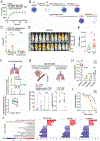


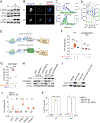
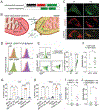
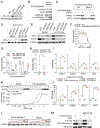
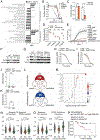
Comment in
-
Persisting through apoptosis.Nat Rev Mol Cell Biol. 2022 Nov;23(11):697. doi: 10.1038/s41580-022-00544-0. Nat Rev Mol Cell Biol. 2022. PMID: 36131098 No abstract available.
-
Adaptation to MOMP drives cancer persistence.Cell Res. 2023 Feb;33(2):93-94. doi: 10.1038/s41422-022-00729-4. Cell Res. 2023. PMID: 36163426 Free PMC article. No abstract available.
References
Publication types
MeSH terms
Substances
Grants and funding
LinkOut - more resources
Full Text Sources
Other Literature Sources
Medical
Molecular Biology Databases

